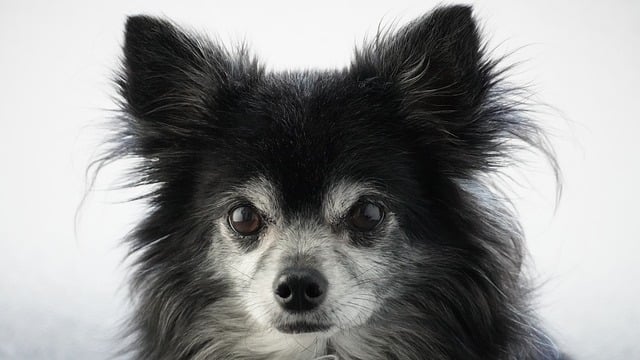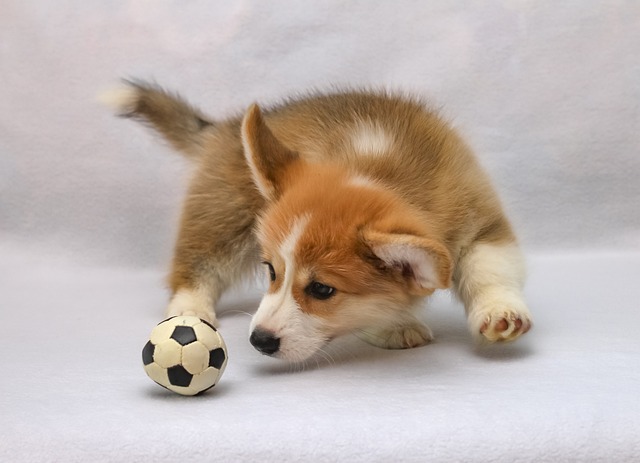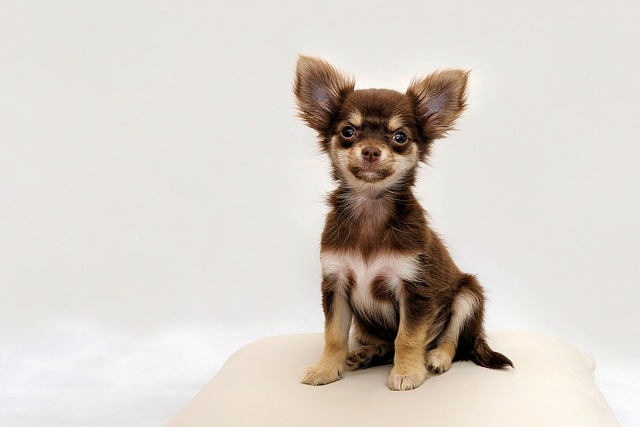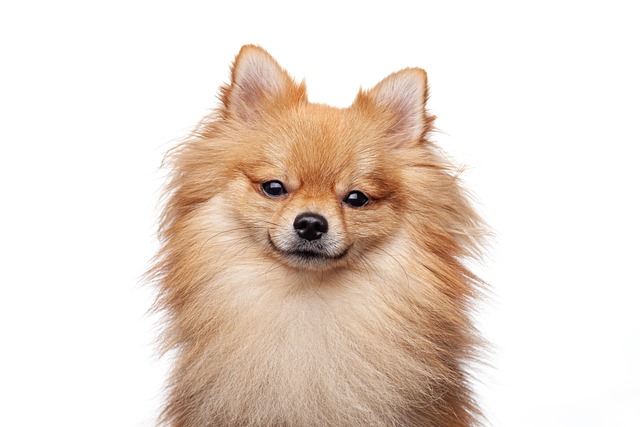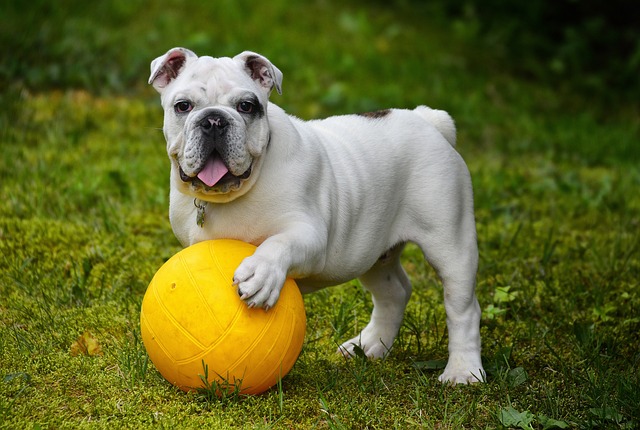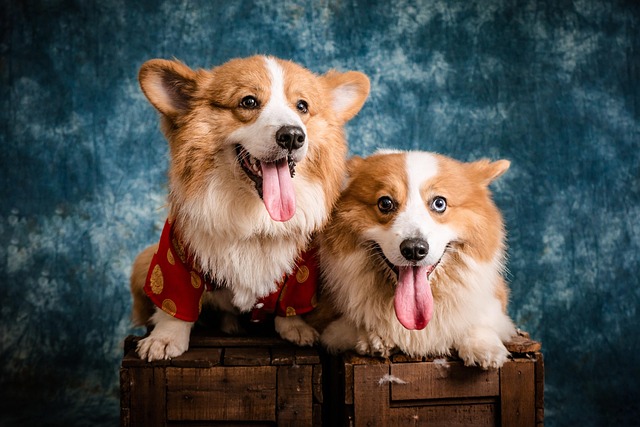You’ve just brought home Max, a 5-year-old golden retriever you adopted from the shelter. He’s sweet, gentle, and already knows “sit”—but after three days, you’re finding puddles by the front door instead of the pee pad you set up. The shelter said he lived in a house with a yard, so he’s used to going outside. Now, in your Chicago apartment, winter storms make late-night walks tough, and you need him to use the pad. “Is it too late to teach an old dog new tricks?” you wonder. For new dog owners in the U.S., training an older dog to use a pee pad feels daunting, but it’s absolutely possible—you just need to work with his existing habits, not against them.
Older dogs thrive on routine, and they’ve spent years learning where (and where not) to go. Unlike puppies, whose bladders are small and habits unformed, Max has strong memories: “Bathroom = outdoors, grass, or dirt.” To shift this, you need to rewrite that memory, linking the pee pad to “safe, acceptable bathroom spot” through consistency and calm. Scolding him for accidents will backfire—adult dogs shut down when stressed, making them avoid the pad out of fear. Instead, think of it as reintroducing him to a new “bathroom rule” with patience, like teaching a friend a new app—clear, step-by-step, no frustration.
Start by choosing the right spot. Pick a quiet corner (not near his food bowl or bed—dogs hate soiling their “dining” or “sleeping” areas) and lay down a large, absorbent pad. If he’s used to grass, try a “grass-scented” pad—many brands make them to trigger his natural instinct. For the first week, limit his space with baby gates, keeping him near the pad so he can’t wander far when he needs to go. Watch for his “I need to pee” cues: pacing, sniffing the floor, or standing by the door (his old habit). When you see these, gently guide him to the pad—no pulling, just a soft “c’mon, Max” and a light touch on his shoulder.

Once he’s on the pad, say “go potty” in a low, steady voice. If he goes, celebrate like it’s a holiday. Rub his ears, talk in that silly high-pitched voice he loves, and grab his favorite tennis ball for a 2-minute game. Older dogs crave attention more than treats—your excitement tells him, “This is what I’m supposed to do!” If he misses, clean the mess with an enzymatic cleaner (to erase the scent, so he doesn’t return) and say nothing. Getting upset will make him associate the pad with stress, not success.
Be patient—old habits take 2-4 weeks to shift. If he has a good day, don’t assume he’s “done” training. Keep the routine tight: same pad spot, same cues, same celebration. Gradually give him more freedom in the apartment as he proves he remembers the pad.
Now, tie this to responsible care. In the U.S., adult dogs need regular rabies boosters—Max’s vaccines must be up to date, even if he’s mostly indoors. When you do take him outside (for walks, not just potty), always pack poop bags; fines in Chicago hit $100 for skipping this, and it’s basic respect for neighbors. Culturally, never scold or “rub his nose” in accidents—positive reinforcement works better for all dogs, but especially older ones set in their ways. In apartments, change the pad daily to avoid odors—your building neighbors won’t thank you for a stinky hallway. At community parks, even if he’s using the pad indoors, keep him leashed and follow local rules—good manners matter, no matter his age.
Training an older dog to use a pee pad is about trust, not speed. With a consistent spot, calm guidance, and lots of “good boy!” moments, Max will learn that the pad is his new “safe bathroom”—and you’ll both breathe easier on those cold Chicago nights.
